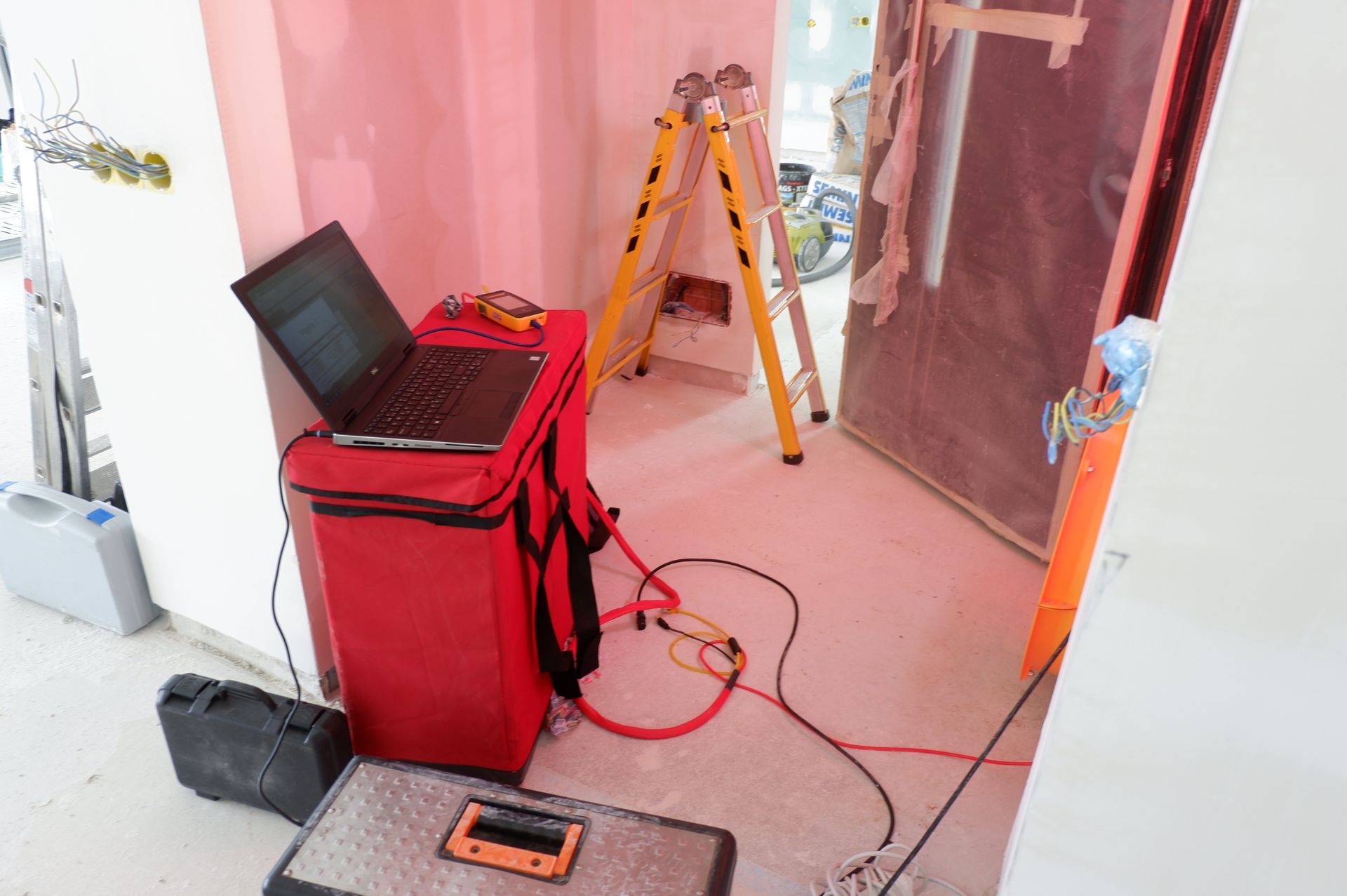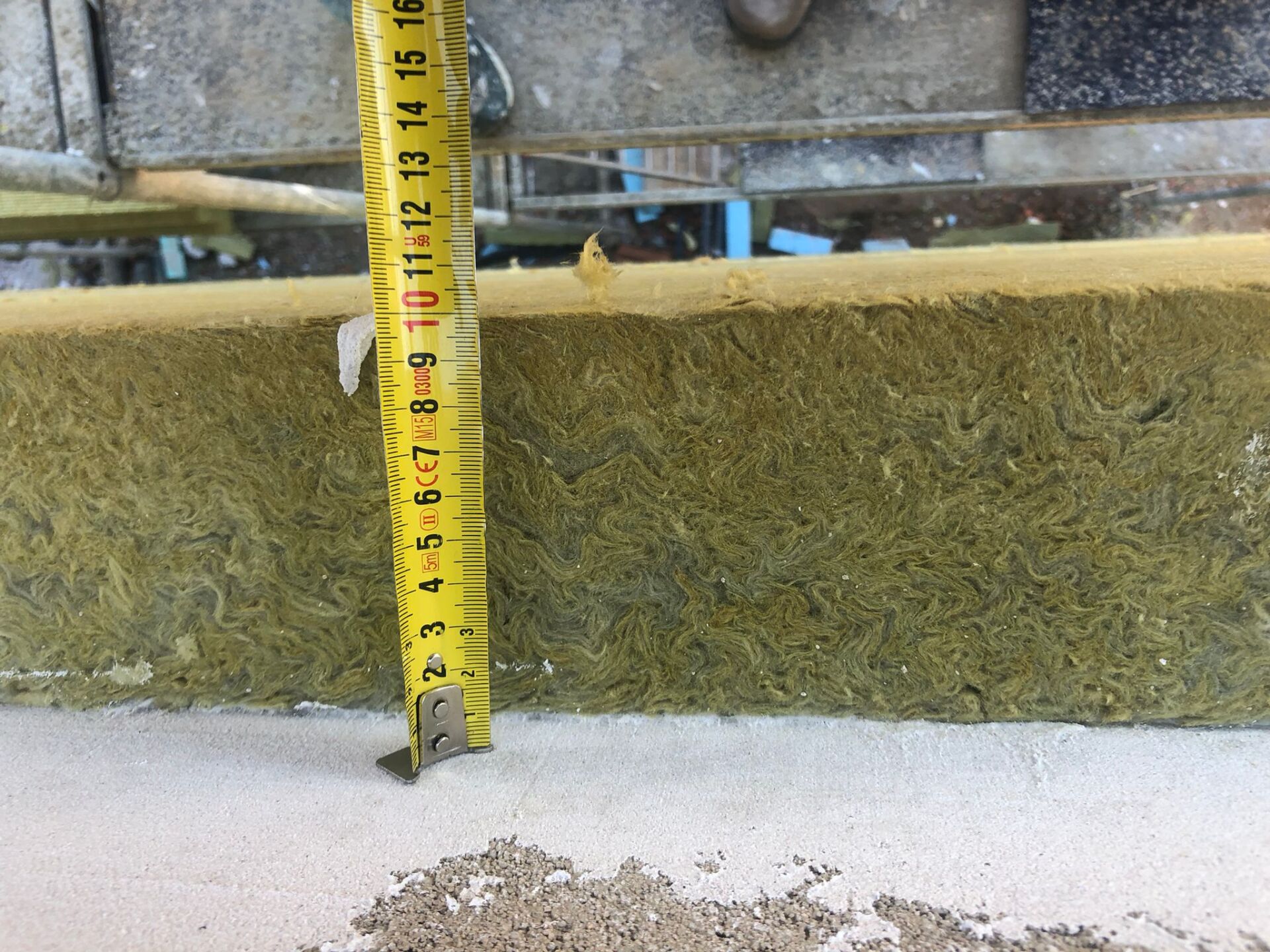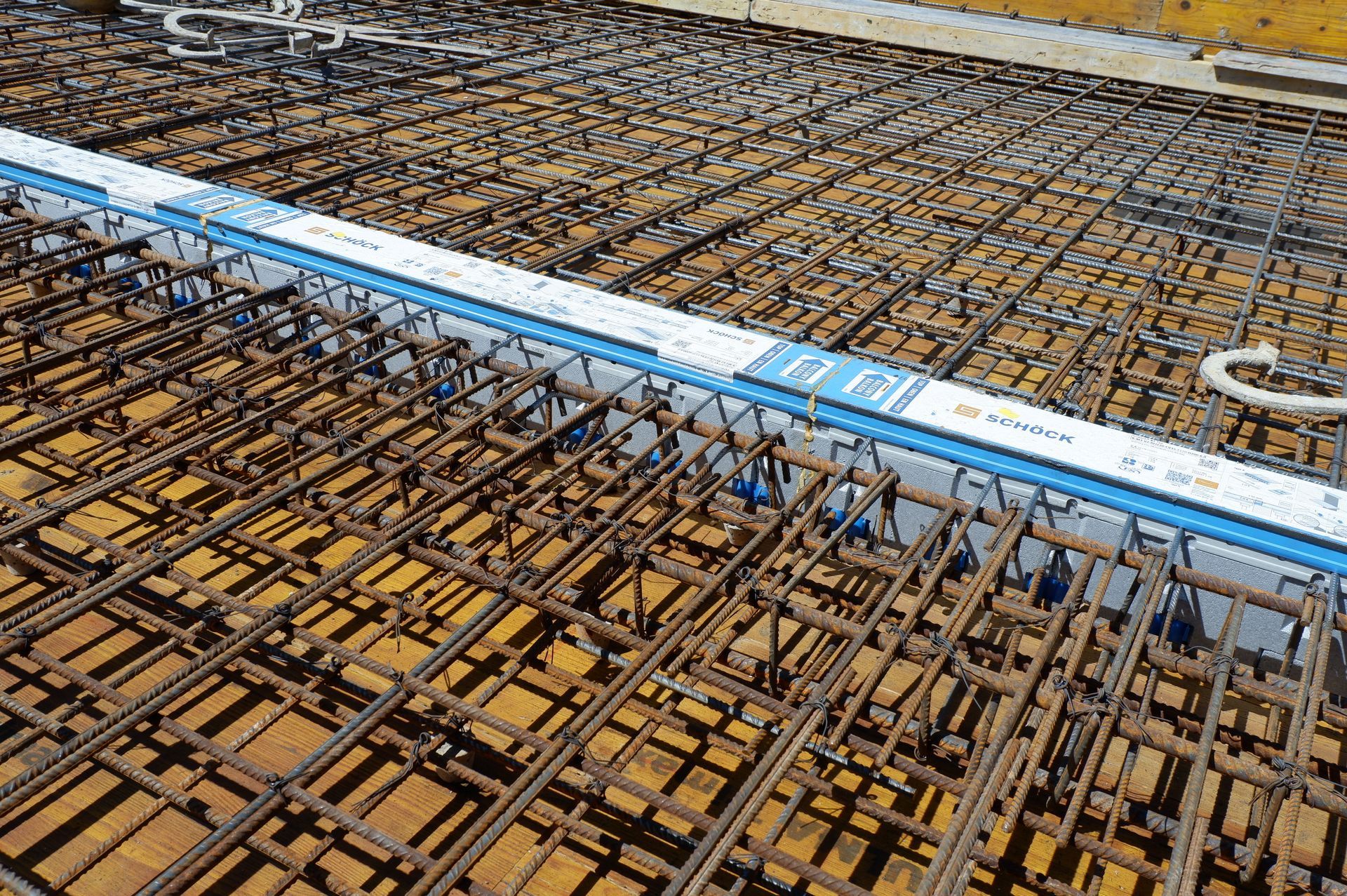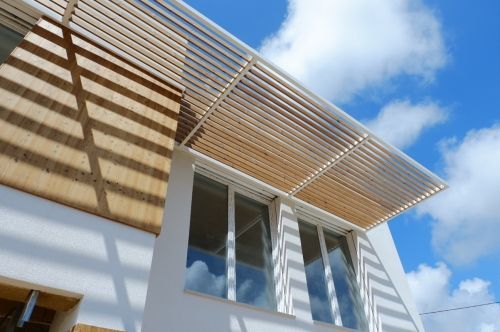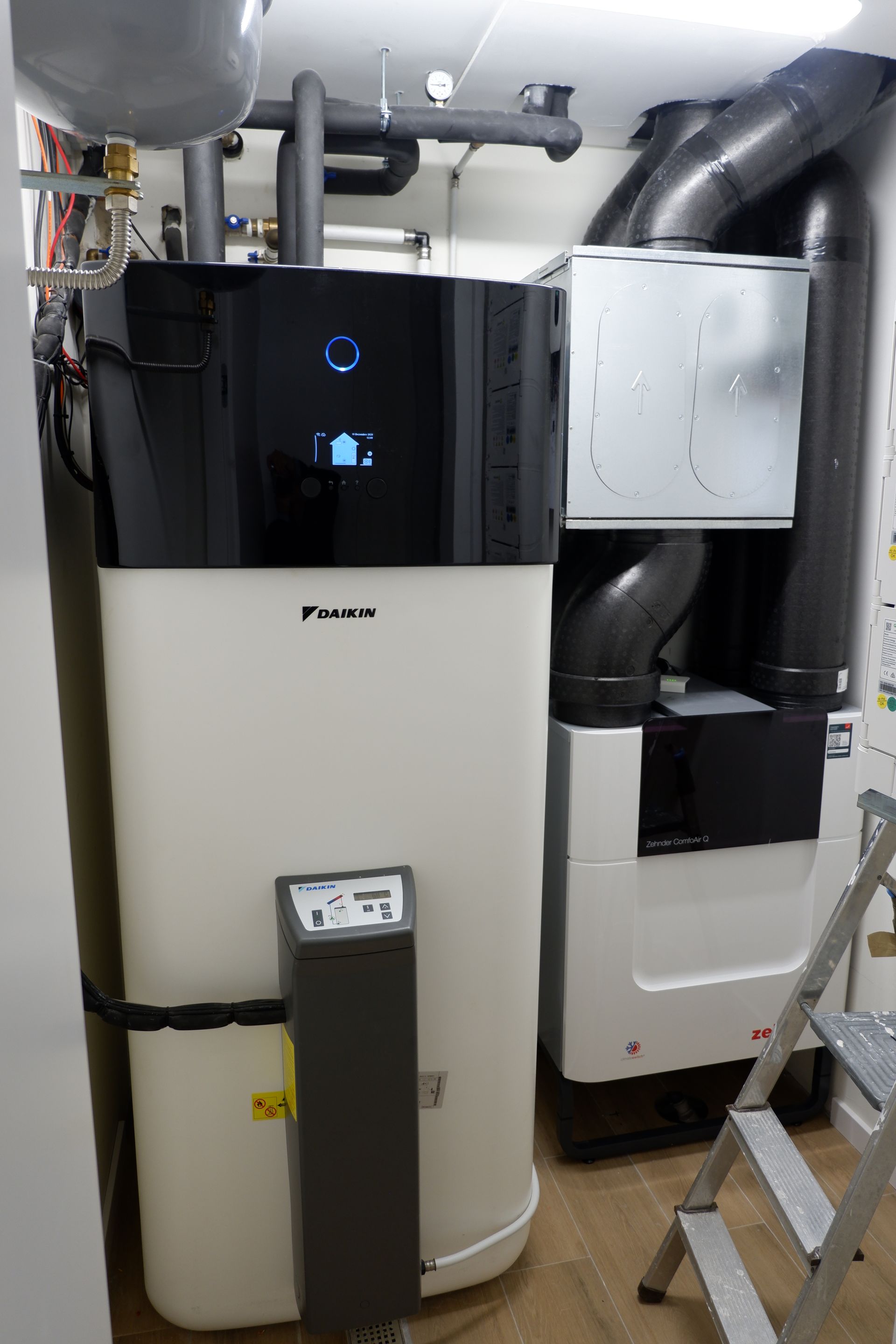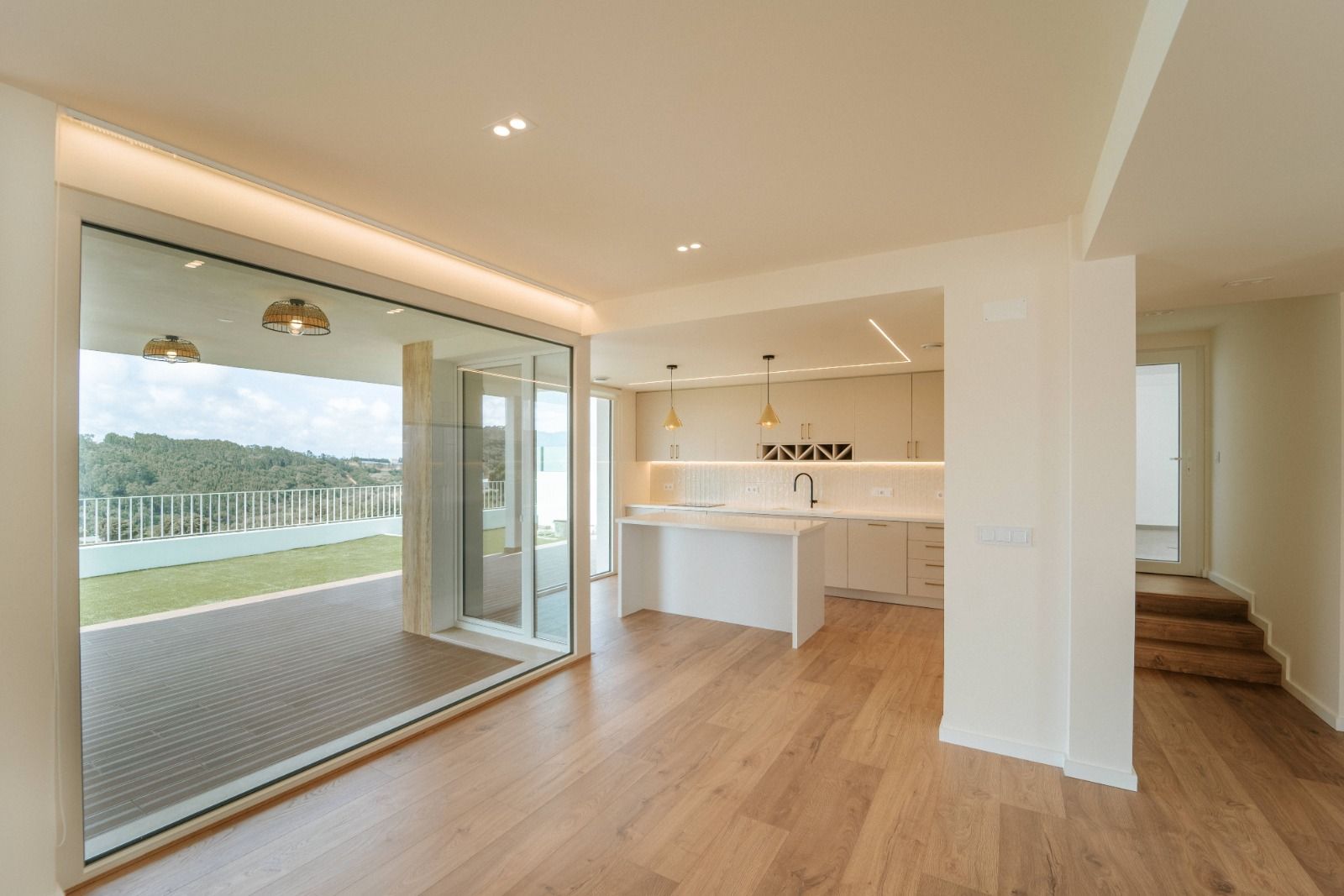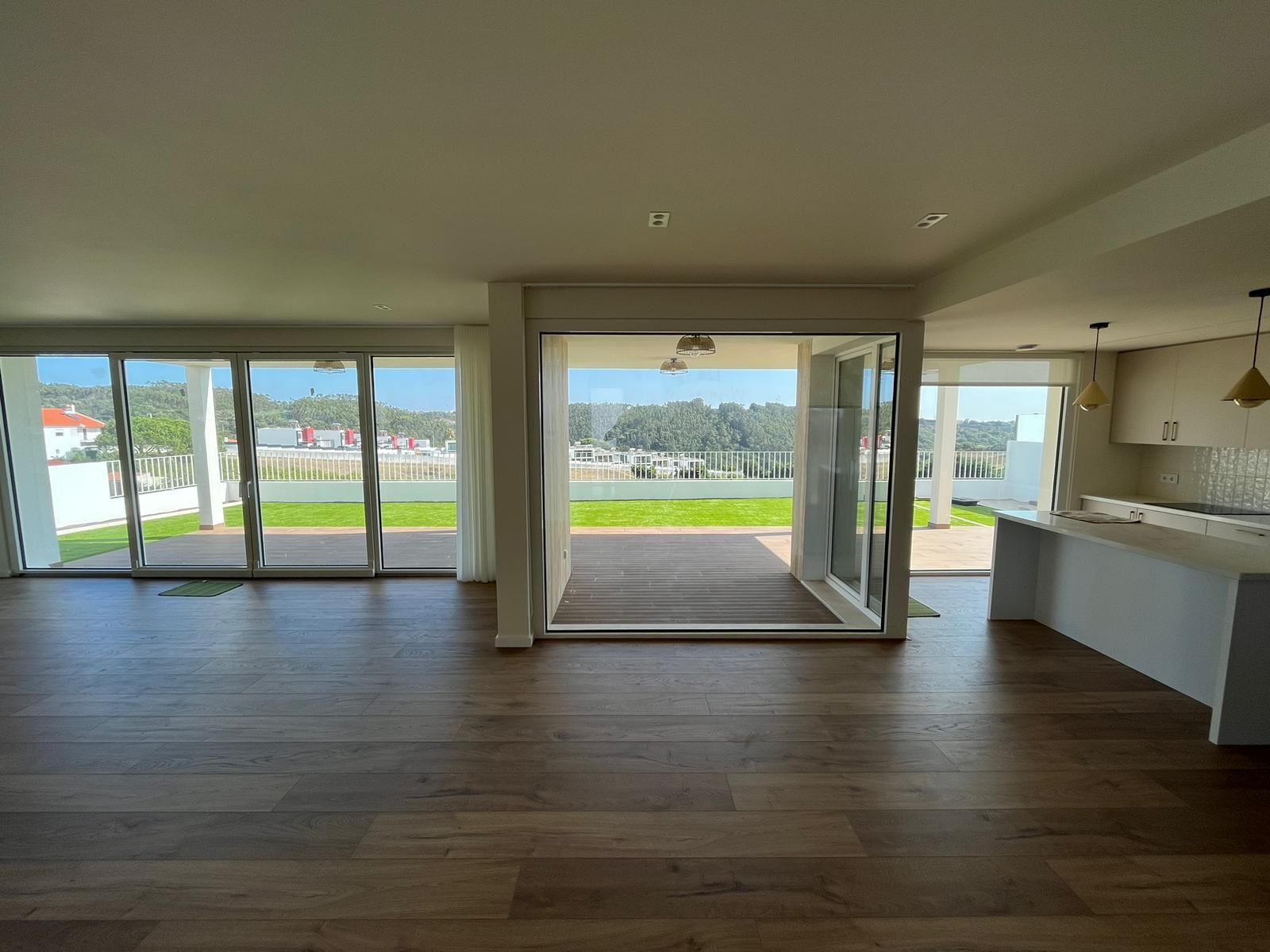Passive House is not a "construction system" — it's a building standard
Debunking the myth: Passive House can be achieved with different materials — what matters is performance
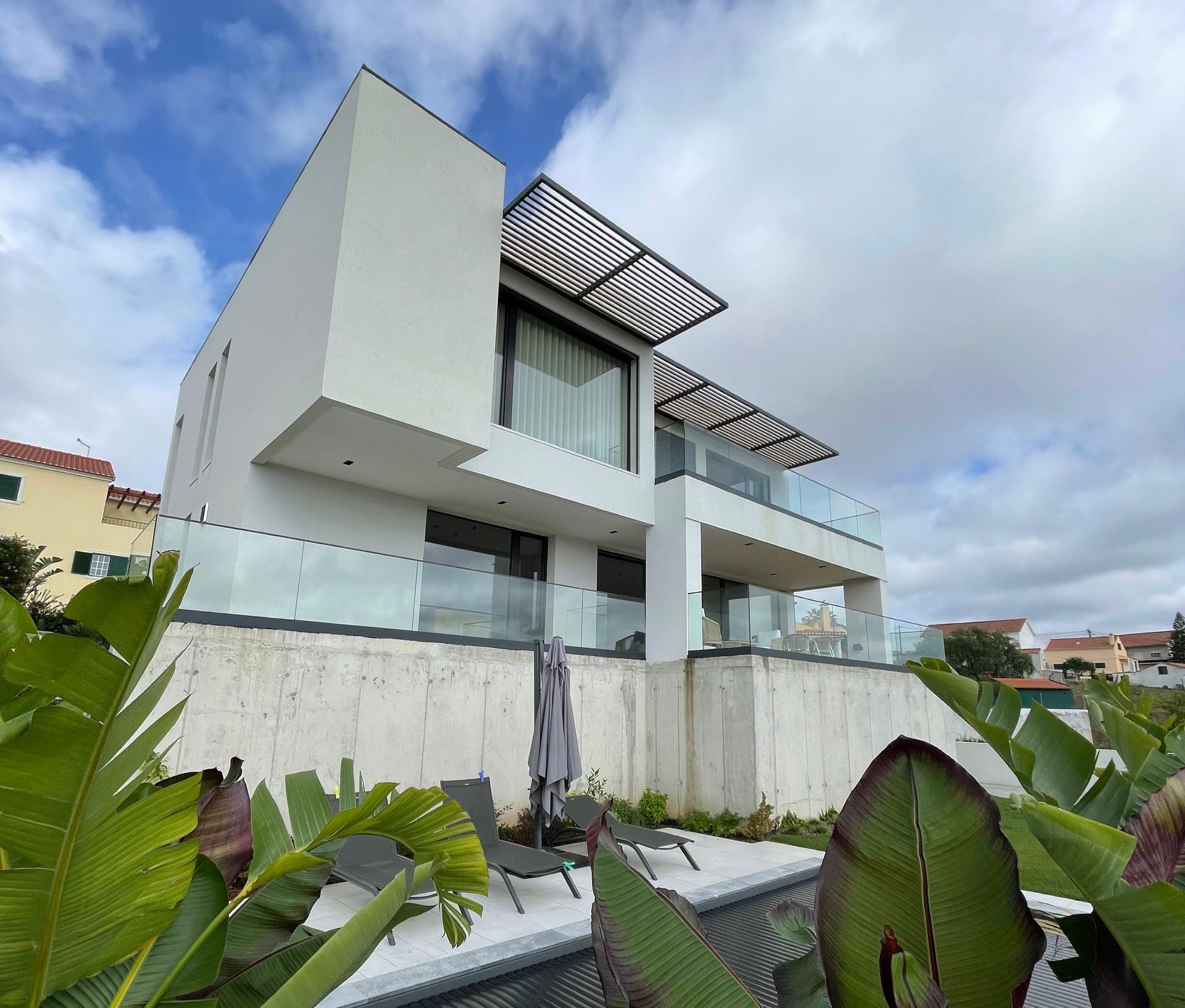
Just like a kilogram is defined by a standard — and we can have a kilogram of lead or a kilogram of sand — the Passive House standard can be achieved using different construction systems, materials, and good architectural design (bioclimatic architecture).
As an architect, in all my projects — not only those developed under the #Passivhaus standard — I aim to identify the most appropriate construction systems that lead to a solution that is energy-efficient, comfortable, and affordable at the same time (#PassiveHouse), while also being sustainable.
I always seek an integrated approach, working as a Passive House Designer, Certified SCE Expert, and Advisor for the LiderA Sustainable Construction System.
Yet, I almost always encounter a conflict between the pursuit of the best sustainability solutions and the need for construction to remain economically accessible.
Portugal is an open economy, with prices aligned with European and international standards, but where salaries and income levels remain low.
At a time when we are facing a housing crisis, with high inflation rates directly impacting construction costs, and an unprecedented energy crisis, we should be discussing the construction challenge in an integrated and interdisciplinary way. We must not lose focus on the urgent need to ensure access to buildings that are truly energy-efficient, comfortable, and affordable… and sustainable.
A well-designed bioclimatic architectural project contributes efficiently and sustainably to achieving the Passive House standard.
“Passive House is a building standard that is truly energy efficient, comfortable, and affordable at the same time. Passive House is not a brand name, but a construction concept that has been thoroughly tested and proven – anyone can apply it anywhere. However, a Passive House is more than just a low-energy building.”
(from the Passive House Institute)







